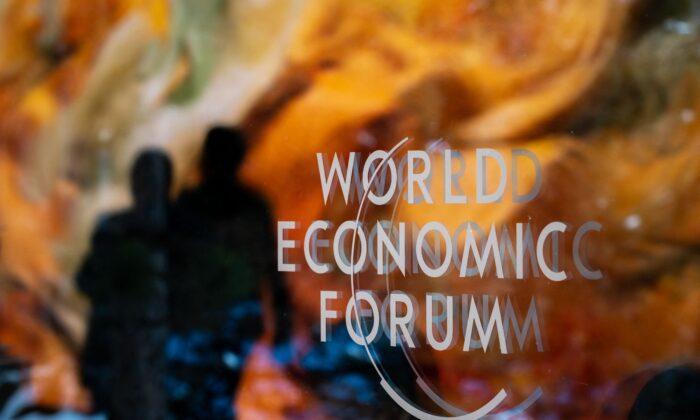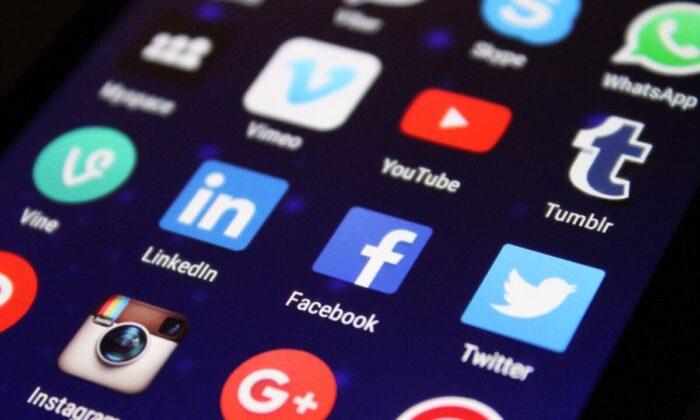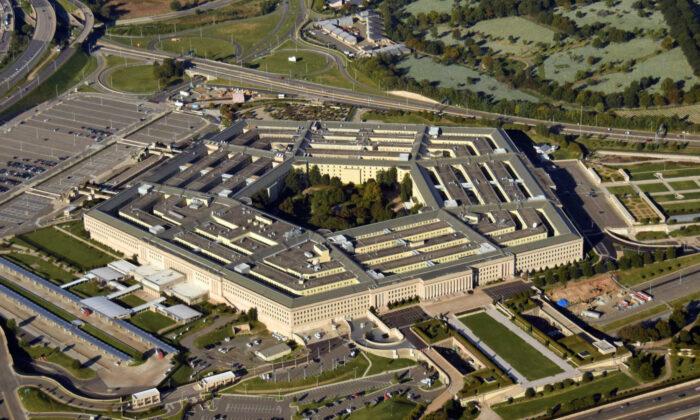“The all items less food and energy index rose 6.0 percent, the largest 12-month change since the period ending August 1982. The energy index rose 27.0 percent over the last year, and the food index increased 7.0 percent,” it said.
When it comes to food, the largest increases were found in “meats, poultry, fish, and eggs, which rose 12.2 percent over the year.”
Housing rose 5.6 percent. Used cars were up a whopping 40.5 percent.
The last time CPI inflation was this high was during February 1982, when the rate was 7.6 percent. That represented an improvement over the very high inflation rates experienced during 1980 and 1981, when inflation topped 18 percent in some months.

The lack of action on interest rates is quite remarkable as well. The last time the CPI inflation rate was at 7.5 percent, the effective federal funds rate was around 12 percent. Back in 1989, the Fed had also allowed interest rates to rise as inflation rose, with the effective federal funds rate topping out around 9.5 percent. Again, in 2006, interest rates outpaced CPI inflation. Combined with forces of disinflation such as international trade and rising productivity, this took the edge off increases in price inflation in the short term.
It’s true that since Greenspan began to pursue a weak dollar in the late 1980s, the larger policy has always been toward greater monetary inflation. Yet until the Janet Yellen era, there was nonetheless some recognition that keeping interest rates at zero while flooding the market with new money through asset purchases might be a problem.
But thanks to people like Yellen and Jerome Powell, those days are now in the past. Now the strategy is to keep interest rates near zero even as price inflation soars to a forty-year high. We can see the disconnect clearly here:

So what will the Fed do in the next few months? It seems the most hawkish predictions are that the Fed might raise the federal funds rate by 1 percent, while doing nothing to actually decrease the size of the portfolio, which would truly tighten the money supply. Rather, we'll get a very milquetoast taper that will be implemented with extreme caution as the Fed prays it won’t tank the markets.
This all, of course, demonstrates just how incredibly weak our current bubble economy is—and the Fed knows it. Back in 2019, after nearly a decade of expansion, the Fed managed to get the target fed funds rate up to 2 percent. That likely led to the repo panic that year, which led the Fed to restart asset purchases after a brief sell-off. The economy was already headed into 2020 in a weakened state before the COVID-19 panic hit.
Fed mouthpieces, of course, congratulate themselves for this.
In other words, the Fed has been very smooth, according to Bullard. Never mind the fact the Fed hasn’t actually done anything except slightly slow asset purchases. Bullard is right, however, that any real actions would surprise the markets. The market is probably already pricing in widespread skepticism that the Fed will do anything other than implement a handful of twenty-five-basis-point increases over the year.
In other words, it’s hard to imagine the Fed’s dovish faux hawkism will amount to something that can do anything to rein in inflation much—unless, of course, the Fed triggers a recession. And this is what the Fed is afraid of. If it hits the panic button and really does raise rates, say, fifty basis points, how will the markets react? The Fed doesn’t know and is afraid to find out.
Other factors weigh against any sizable Fed action as well. The federal government needs to keep interest rates down so it can continue to borrow trillions of dollars for ongoing COVID relief and new wars. Any significant increase in interest rates could force sizable budget cuts to programs in order to pay interest on the debt. In an extreme case, high rates could even cause a sovereign debt crisis. We might also find the Fed is more committed to propping up asset prices than it is to lowering price inflation. That means the Fed will be choosing billionaires over regular people. That won’t be a surprise if it happens. The central bank has become the great tool of wealth redistribution from middle-class dollar holders to wealthy Wall Street hedge funders.





